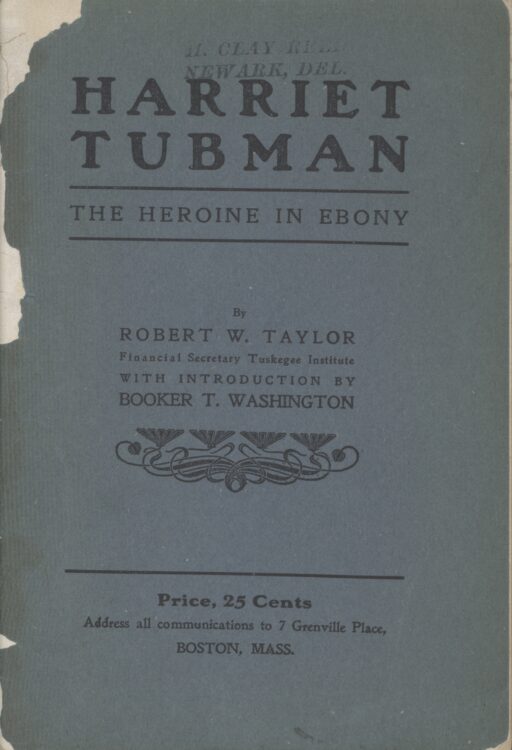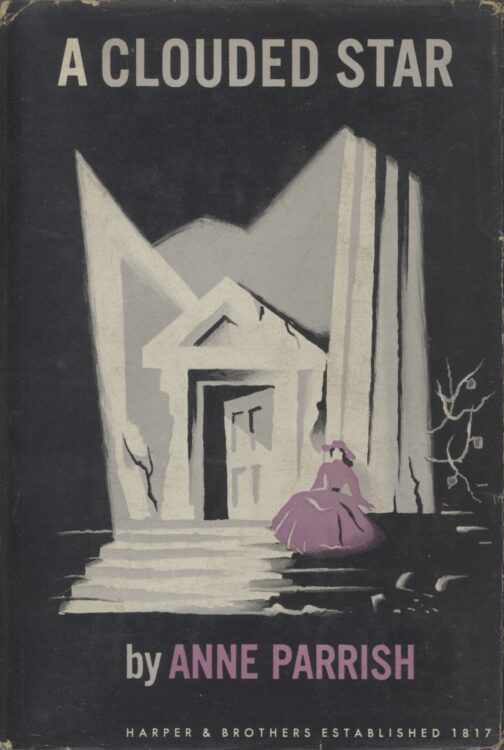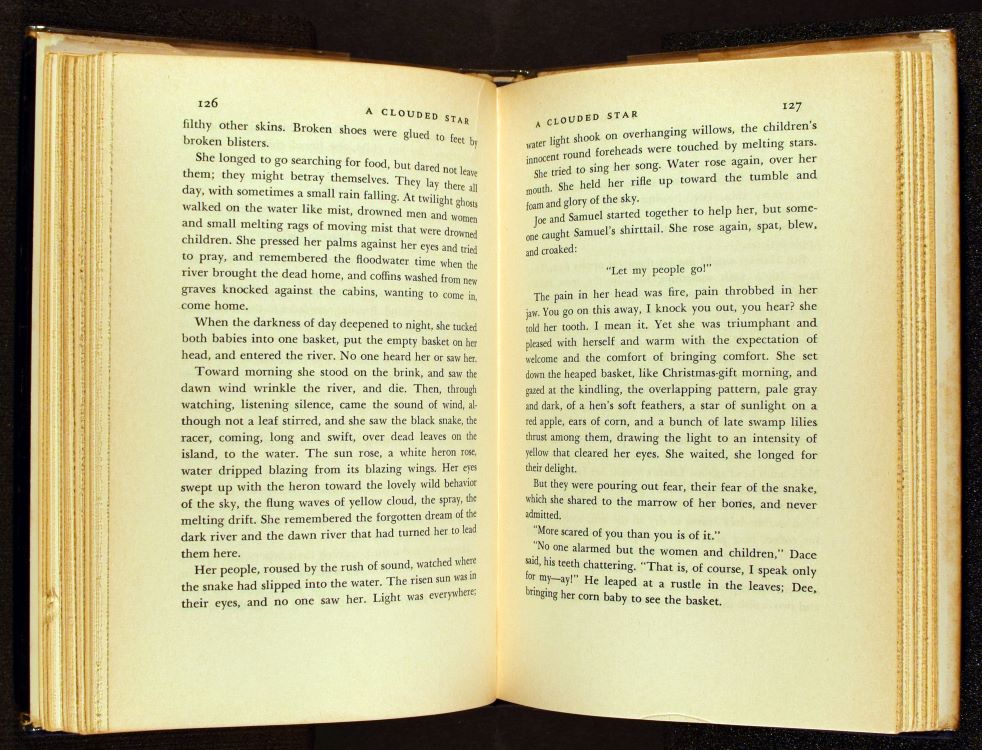Harriet Tubman: The Heroine in Ebony
Robert W. Taylor
1901
Tubman’s later years of life were mired in financial difficulties. These difficulties were exacerbated by the United States government’s refusal to pay Tubman for her wartime service, despite decades of petitioning. It was not until 1899 that she was partially successful—the government granted her a pension in recognition of her nursing service, but did not acknowledge her actions as a scout and a spy. Despite having limited funds at her disposal, Tubman still worked to make life better for others in her community. Such was the case with her efforts to establish a Black nursing home in the area where she lived. In an effort to help raise funds for this endeavor, Robert W. Taylor wrote this brief sketch of her life. The pamphlet is essentially a selection of details pulled from the influential Bradford text, with very little new information. It treats Tubman as a woman whose story, while exceptional, has long since come to a close—with the nursing home to be considered a monument to her life once she is gone, rather than an institution she had been actively trying to fund for years.
A Clouded Star
Anne Parrish
1948
Anne Parrish was inspired to write this novel by the stories told to her by her family, who had roots in Philadelphia and Maryland’s Eastern Shore—including, she claimed, one great-aunt whose childhood home had been part of the Underground Railroad. The novel follows a fictional journey in which Harriet Tubman leads a party of nine from enslavement in Maryland to freedom in Canada. Several true incidents from Tubman’s time as an Underground Railroad conductor are incorporated into this narrative. The point of view alternates between Samuel, a young boy in the group, and Tubman herself. In her portrayal of Tubman, Parrish emphasizes the more mystical aspects of her character. Drawing from Tubman’s documented head injury (received when a white overseer threw an iron weight that struck her skull) and its role in inducing the visions, seizures, and headaches she experienced for the rest of her life, the novel features a Tubman with strong ties to the supernatural. At one point, she cures Samuel’s fever by transferring strength from her body to his. Parrish’s focus on metaphysical elements romanticizes this fictional journey and in turn often minimizes the skill and intelligence Tubman had to employ in order to ensure her own and others’ survival.




